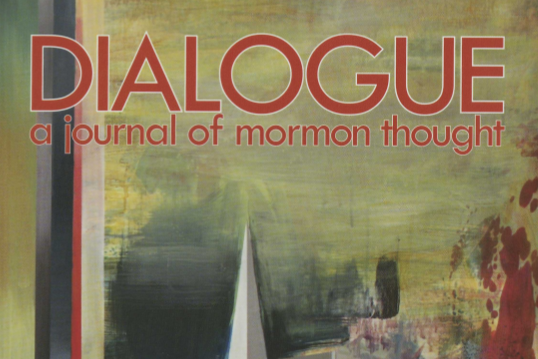Articles/Essays – Volume 42, No. 3
About The Artist: Ricky Allman
Ricky Allman was born in Provo, Utah, and studied art at Utah Valley University, Massachusetts College of Art, Brown University and Rhode Island School of Design. He now teaches painting and drawing at the University of Missouri-Kansas City.
He has written the following statement about his work:
I didn’t realize how big an impact Jon Krakauer’s Under the Banner of Heaven had on me when I read it four years ago. Having been born and raised in Utah, I was curious about extreme Mormon fundamentalists. I didn’t realize that Mormon murderers like Dan Lafferty and Ervil Lebaron were so close to me, both doctrinally and socially. I had dated two of Lafferty’s nieces and one of Lebaron’s nephews was a friend in high school. This realization caused me to question fundamentalist tendencies in myself and consider how extreme my own beliefs were. Having been raised to fear and prepare for the apocalypse, I was intrigued and appalled by these men who were doing everything in their power to fulfill their own prophecies about the end of the world.
Religious fundamentalism is fascinating to me on many levels. The majority of religious people are fairly moderate in their beliefs. Extremist groups like the Fundamentalist Latter-Day Saints or even the Westboro Baptist Church have the same faith core as millions of Americans but take their logic to a much further and more frightening conclusion. Two people can read the same passage of scripture and come to completely contradictory viewpoints on its interpretation. I felt that the scriptures encouraged a more fundamentalist attitude rather than a more moderate stance. Thankfully the Mormon Church as a whole has become much more moderate than in the days of Brigham Young, but studying the lives of extremists gave me reason and motivation to seek a much more liberal and less literal interpretation of my childhood faith.
In my work I am contrasting opposing elements such as the natural and the man-made, the organic and the geometric, the sacred and the profane, the ethereal and the material, the colorful and the dull. I enjoy seeing what happens if I can get these elements to work together. I often use the Rocky Mountain landscape of Utah, LDS temples, futuristic, bleak urban-scapes and big, bright colorful bursts of optimism. They begin to inform each other in new and unexpected ways, like people with opposing viewpoints who come to new conclusions. Sometimes it’s a disaster. At other times it can be beautiful. My work is a reflection of our world of religious and political extremes and also, on a personal level, the negotiations I’ve had with my own spirituality and belief system.


 Back to full Issue
Back to full Issue

